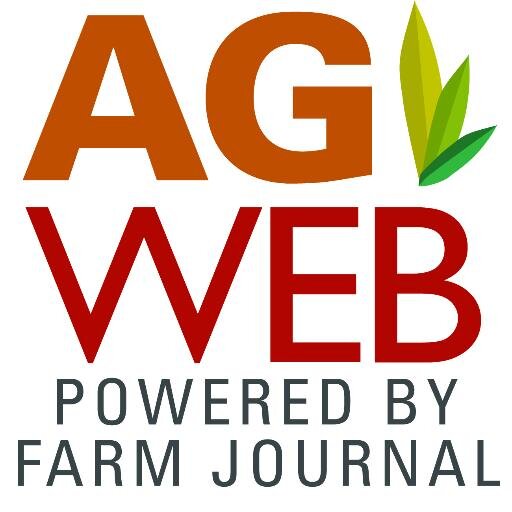
There Are Many Ways for American Farmers to Reach Out to the World
American farmers are keenly aware of the importance of feeding the world, and many want to go beyond what they do on their own farm to help address this matter, either here at home or internationally. In order to feed the nearly 10 billion people expected to populate this planet by 2050, all farmers will have to step up their game in order generate the increased food that will be demanded, requiring an estimated 70 percent increase in production over the next 30-plus years.
It turns out that there are many opportunities for U.S. farmers to engage personally in international agricultural development activities, both through federal programs and the private sector. I will briefly describe some of them, providing information for how those organizations may be contacted if you’re interested in delving deeper and perhaps taking on their cause as your own.
I’ve worked informally with the non-profit organization Growing Hope Globally (formerly the Foods Resource Bank) almost since it was founded in 1999, and find it to be a tremendous group of people very focused on helping people, especially farmers, in developing countries. The basic model for their work is that farmers devote some of their time and a small plot of their land (perhaps 10-25 acres), and the proceeds of the crop grown on that plot go towards funding projects sponsored by Growing Hope Globally in developing countries such as Kenya, Guatemala, and Cambodia, and a few dozen others. Non-farmer volunteers from churches in nearby communities provide cash to underwrite the inputs used on those plots of land, such as seed and fertilizer. As of 2018, there were 2,000 volunteers involved in 164 growing projects in 20 different states. Volunteers also have opportunities to visit the projects in the countries where their assistance is being utilized–I took such a trip to Honduras in 2014.
The link below will take you to the Growing Hope Globally website, where you can find out if there are any growing projects near you that you can join. If not, I know they would be interested in helping you start one in your community.
https://www.growinghopeglobally.org/get-involved/growing-projects/
Back in February 2016, I wrote a blog about the 30th anniversary of the Farmer to Farmer (FtT) program. That program is part of the suite of agricultural development programs operated by the U.S. Agency for International Development that was first established in the 1985 Farm Bill, and offers opportunities for farmers and other Americans with experience in agriculture or agribusiness to volunteer for short-term (3-6 weeks) assignments helping farmers in developing countries.
It is estimated that over a recent five-year period, the FtF volunteers helped the local organizations which hosted them in these countries to expand their annual sales by $442 million and annual income by $132 million. Check out my earlier blog for more details:
(http://www.agweb.com/blog/straight-from-dc-agricultural-perspectives/farmers-helping-farmers-the-best-of-citizen-diplomacy/)
If you’re interested in becoming a volunteer for the Farmer to Farmer program, you can fill out and submit this form online:
http://farmer-to-farmer.org/content/farmer-farmer-volunteer-interest-form
Finally, Farm Journal Foundation (where I work) operates a program under which farmers who are passionate about tackling global hunger come to Washington DC to talk to members of their Congressional delegation and their staffers about why global food security and agricultural research should continue to be a priority of the U.S. government. Called Farmers Feeding the World, we have recruited more than 50 farmers in 17 states and are planning to expand into additional states in the next few years. If you’re a farmer who has interest in joining our Farmers Feeding the World program, or just supporting our efforts financially, here’s a link to our webpage:
https://www.farmjournalfoundation.org/
RSS By: Stephanie Mercier, Farm Journal Foundation
Source: AgWeb Powered by Farm Journal
